Home>Garden Essentials>Garden Plants>When Do You Plant Thyme
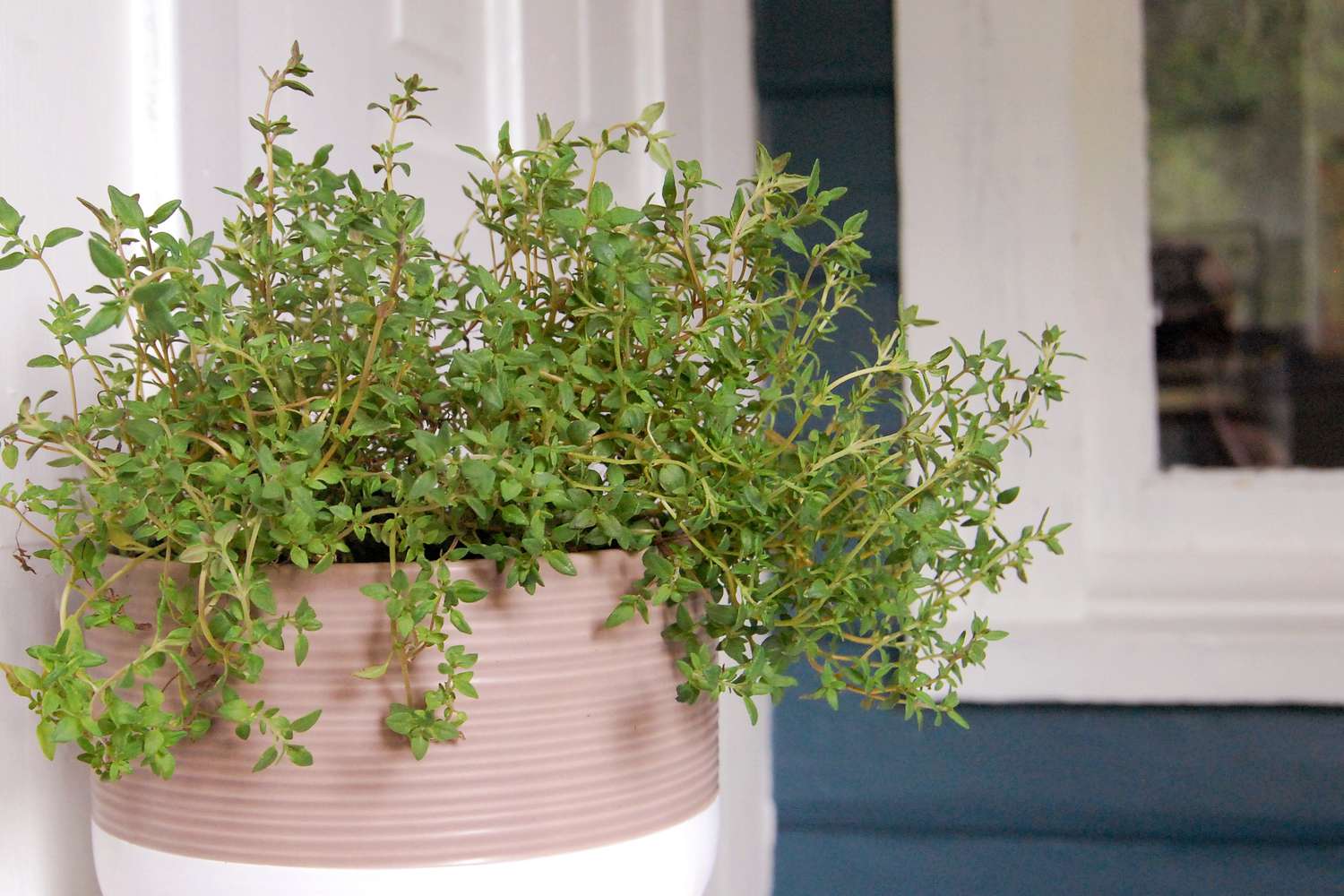

Garden Plants
When Do You Plant Thyme
Modified: April 28, 2024
Looking to plant thyme? Discover the best time to plant thyme and expert tips for successful thyme planting. Explore our guide now!
(Many of the links in this article redirect to a specific reviewed product. Your purchase of these products through affiliate links helps to generate commission for Storables.com, at no extra cost. Learn more)
Introduction
Welcome to the wonderful world of thyme planting! Whether you’re an experienced gardener or just starting out, growing thyme can be a rewarding and enjoyable experience. Thyme is a versatile herb with a variety of culinary uses, as well as medicinal properties. Its aromatic foliage and delicate flowers make it a charming addition to any garden.
In this article, we will guide you through the process of planting and caring for thyme. We will explore the ideal growing conditions for thyme, help you choose the right time to plant, and provide step-by-step instructions for planting both thyme seeds and transplants. Additionally, we will discuss how to care for thyme plants and when and how to harvest this delightful herb.
Before we dive into the details, it’s important to understand the characteristics and benefits of thyme. Thyme (botanical name Thymus vulgaris) is a small perennial shrub that belongs to the mint family. It is native to the Mediterranean region and has been used for centuries in various culinary and medicinal applications.
Thyme is known for its strong, aromatic scent and a distinct flavor profile that is both earthy and slightly sweet. It is a key ingredient in many cuisines, including Mediterranean, Middle Eastern, and French. The leaves of the thyme plant contain essential oils, giving it its distinctive fragrance and flavor.
Aside from its culinary uses, thyme also offers several health benefits. It has antibacterial and antifungal properties, making it effective in treating respiratory conditions such as coughs, sore throats, and bronchitis. Thyme has also been shown to have antioxidant properties that may promote overall health and well-being.
Now that we have a better understanding of thyme and its properties, let’s move on to exploring the ideal growing conditions for this herb.
Key Takeaways:
- Thyme thrives in full sun to partial shade, well-draining soil, and moderate watering. Whether starting from seeds or transplants, timing is crucial for successful thyme cultivation.
- Caring for thyme involves regular maintenance, including watering, weeding, pruning, and occasional fertilizing. Harvesting thyme in the morning preserves its robust flavor and aroma for culinary delights.
Read more: When Can You Plant Creeping Thyme
Understanding Thyme
Thyme is a versatile herb that can be grown in a variety of climates and soil conditions. It is a hardy perennial plant, which means it can survive and thrive year after year. Understanding the specific needs and characteristics of thyme will help you create the optimal growing environment for this herb.
Thyme plants typically grow to a height of 6 to 12 inches, with small, narrow leaves and clusters of tiny flowers in various shades of pink, purple, or white. The leaves are often gray-green in color, giving the plant a soft, silvery appearance. Thyme is a low-growing herb, making it suitable for border plantings, rock gardens, or container gardening.
When it comes to growing conditions, thyme prefers full sun to partial shade. It thrives in well-draining soil that is slightly alkaline with a pH level between 6.0 and 7.5. Thyme is relatively drought-tolerant once established, making it a good choice for regions with dry or arid climates. However, it’s important to provide regular watering, especially during hot, dry periods, to promote healthy growth.
One of the advantages of thyme is its ability to adapt to different soil conditions. It can grow in sandy or loamy soil as long as it is well-draining. If you have heavy clay soil, you can amend it with organic matter such as compost or peat moss to improve drainage. Thyme can also tolerate a wide range of temperatures, from hot summers to mild winters.
Thyme is a perennial herb, meaning it can survive for several years under the right conditions. It has a woody stem that becomes more pronounced as the plant matures. While thyme plants can be divided or propagated from cuttings, they generally have a long lifespan if well cared for.
In the next section, we will discuss the best time to plant thyme and how to choose the right planting method for your needs.
Ideal Growing Conditions
Creating the ideal growing conditions for thyme is crucial for its successful cultivation. While thyme is a resilient herb that can adapt to various environments, providing favorable conditions will promote healthy growth and robust flavor. Let’s explore the key factors to consider when it comes to the ideal growing conditions for thyme.
Sunlight: Thyme thrives in full sun to partial shade. It requires at least 6 hours of direct sunlight per day to reach its full potential. If you live in a region with hot summers, providing some afternoon shade can help protect the plants from excessive heat.
Soil: Thyme prefers well-draining soil with a slightly alkaline pH level ranging from 6.0 to 7.5. It can tolerate a wide range of soil types, including sandy, loamy, or rocky soil. Ensuring good drainage is crucial, as thyme does not like to sit in wet soil, which can lead to root rot.
Watering: Thyme is a drought-tolerant herb once established, but regular watering is still necessary, especially during dry spells or summer heatwaves. It is important to strike a balance and avoid overwatering, as excessive moisture can lead to fungal diseases. Water the plants at the base to keep the foliage dry.
Temperature: Thyme is a hardy plant that can tolerate a wide range of temperatures. It thrives in regions with moderate temperatures, but it can also survive in hotter or colder climates. In colder regions, thyme may go dormant during the winter months and re-emerge in the spring.
Fertilizer: Thyme is not a heavy feeder and generally does well with minimal fertilization. Organic matter, such as compost, can be added to the soil before planting to provide some nutrients. Avoid over-fertilizing, as it can lead to excessive foliage growth and weaker flavor.
Spacing: When planting thyme, make sure to provide adequate spacing between plants to allow for air circulation and prevent overcrowding. It is recommended to space thyme plants about 12 to 18 inches apart, depending on the specific variety.
By creating the optimal growing conditions for thyme, you can ensure healthy plants that produce flavorful foliage. In the next section, we will discuss the best time to plant thyme and the different planting methods you can choose from.
Choosing the Right Time
Timing is crucial when it comes to planting thyme, as it can directly affect the success of your herb garden. Understanding the appropriate time to plant thyme will ensure that the plants have the best chance to establish themselves and grow vigorously. Let’s explore the factors to consider when choosing the right time to plant thyme.
Season: Thyme is typically planted in the spring or fall seasons, when the weather is mild and the soil has warmed up. Spring planting allows the plants to establish their root systems before the hot summer months, while fall planting provides enough time for the roots to establish before the winter dormancy period.
Frost-free period: It’s important to wait until the danger of frost has passed before planting thyme outdoors. Thyme is not tolerant of frost and can be damaged or killed by freezing temperatures. Check your local frost dates to determine the best time to plant thyme in your area.
Indoor start: If you live in a region with a short growing season or want to get a head start, you can start thyme seeds indoors 6-8 weeks before the last expected frost date. Sow the seeds in seed trays or small pots filled with seed starting mix. Place the trays in a warm, well-lit location, and water them regularly to keep the soil moist but not soggy.
Transplants: Thyme is often available as transplants in nurseries or garden centers. These are already established plants that can be transplanted directly into your garden. If you choose to use transplants, make sure to select healthy, compact plants with no signs of disease or damage.
Timing for culinary use: If your main intention for growing thyme is to use it in cooking, you can also consider planting thyme based on its culinary needs. Thyme leaves have the best flavor just before the plant flowers, so plan your planting time accordingly if you want to maximize the flavor of your harvest.
Choosing the right time to plant thyme ensures that the plants have optimal conditions to thrive and establish themselves. In the next sections, we will discuss the steps for planting thyme seeds and transplants, as well as how to care for thyme plants once they are in the ground.
Planting Thyme Seeds
Planting thyme from seeds is an economical and rewarding way to start your herb garden. It allows you to witness the entire growth cycle, from germination to maturity. Here are the steps to successfully plant thyme seeds and grow your own vibrant thyme plants.
Step 1: Gather your supplies: Before you begin, gather all the necessary supplies. You will need thyme seeds, seed starting trays or pots, seed starting mix, a spray bottle, and a clear plastic cover or plastic wrap.
Step 2: Prepare the seed starting mix: Fill your seed trays or pots with a well-draining seed starting mix. Moisten the mix with water, ensuring it is evenly moist but not soaked. Excess moisture can lead to seed rot.
Step 3: Sow the seeds: Sprinkle the thyme seeds evenly over the moistened seed starting mix. Do not bury the seeds too deep, as thyme seeds require light to germinate. Gently press the seeds into the surface of the mix.
Step 4: Mist the seeds: Lightly mist the seeds with water using a spray bottle. This helps to settle the seeds and provide the necessary moisture for germination.
Step 5: Cover and provide warmth: Cover the seed trays or pots with a clear plastic cover or plastic wrap to create a mini greenhouse effect. This helps to retain moisture and provide warmth. Place the trays in a warm location, ideally around 70-75°F (21-24°C).
Step 6: Monitor and water: Check the trays daily to ensure that the seed starting mix remains moist. Use the spray bottle to mist the surface if it starts to dry out. Avoid overwatering, as excess moisture can lead to fungal diseases.
Step 7: Germination: Be patient, as thyme seeds can take anywhere from 1 to 3 weeks to germinate. Once the seedlings emerge, remove the plastic cover and place the trays in a well-lit area, preferably in a sunny window or under grow lights.
Step 8: Thin and transplant: Once the seedlings develop their first true leaves, thin them out to allow sufficient space for growth. Select the strongest, healthiest seedlings and gently transplant them into individual pots or separate areas in the garden, maintaining a spacing of 12-18 inches.
Congratulations! You have successfully planted thyme seeds. Now, let’s move on to planting thyme transplants in case you prefer a quicker and more convenient method for starting your thyme garden.
Plant thyme in the spring after the last frost date for your area. Choose a sunny location with well-drained soil. Thyme prefers slightly alkaline soil with a pH of 7.0 to 8.0.
Read more: When To Plant Thyme Seeds
Planting Thyme Transplants
If you prefer a quicker and more convenient method for starting your thyme garden, planting thyme transplants is the way to go. Transplants are young thyme plants that have already been started from seeds and grown in controlled environments. Here’s how you can successfully plant thyme transplants and get your herb garden off to a great start.
Step 1: Prepare the planting area: Choose a well-draining location in your garden that receives full sun to partial shade. Prepare the soil by removing any weeds or debris and loosening it with a garden fork or tiller. Thyme prefers slightly alkaline soil with a pH level between 6.0 and 7.5.
Step 2: Dig the planting hole: Dig a hole in the prepared soil that is slightly larger and deeper than the root ball of the thyme transplant. Make sure to space the planting holes about 12-18 inches apart to allow for proper growth and airflow.
Step 3: Remove the transplant from its container: Gently tap or squeeze the sides of the container to loosen the thyme plant and carefully remove it from the pot. Inspect the plant’s roots and lightly tease them apart if they are tightly bound or circling the root ball.
Step 4: Place the transplant in the hole: Lower the thyme transplant into the planting hole, making sure the top of the root ball is level with or slightly above the surrounding soil. Backfill the hole with soil, firming it gently around the roots to eliminate air pockets.
Step 5: Water the transplants: After planting, water the transplants thoroughly to help settle the soil around the roots. This will also provide the necessary moisture for the thyme plants to establish themselves. Water the plants at the base, avoiding wetting the foliage excessively.
Step 6: Mulch and protect: Apply a layer of organic mulch, such as straw or wood chips, around the transplants to help conserve moisture, control weeds, and provide some insulation. This will also contribute to the overall health of the thyme plants.
Step 7: Monitor and care for the transplants: Keep a close eye on the transplants during the first few weeks after planting. Water them regularly, especially during dry spells, and provide occasional deep watering to encourage the development of a strong root system.
By following these simple steps, you can easily plant thyme transplants and kickstart your thyme garden. Now that you have planted your thyme, it’s time to shift our focus to caring for thyme plants to ensure their continued health and productivity.
Caring for Thyme Plants
Caring for thyme plants involves providing them with proper maintenance and meeting their basic needs. By giving your thyme plants the care they require, you can ensure their health, vigor, and productivity. Here are some essential care tips to keep your thyme plants thriving.
Watering: Thyme is a relatively drought-tolerant herb once established, but regular watering is still necessary, especially during dry periods. Water the plants deeply when the top inch of soil feels dry. It’s important to strike a balance and avoid overwatering, as thyme plants are susceptible to root rot.
Weeding: Keep the area around your thyme plants free from weeds. Weeds can compete with thyme for water, nutrients, and light, hindering their growth. Regularly remove any weeds that emerge near the thyme plants, being careful not to disturb the shallow roots of the thyme while doing so.
Pruning: Thyme plants benefit from regular pruning to maintain their shape and encourage compact growth. After the plants have finished flowering, trim them back by one-third of their height. This will help promote bushier growth and prevent the plants from becoming leggy.
Fertilizing: Thyme is not a heavy feeder, but it can benefit from a light application of fertilizer once or twice a year. Use a balanced, organic fertilizer or a slow-release granular fertilizer applied according to the manufacturer’s instructions. Be cautious not to over-fertilize, as this can result in excessive foliage growth with reduced flavor.
Preventing diseases and pests: Thyme is generally resistant to pests and diseases. However, it can occasionally be affected by common garden pests such as aphids or spider mites. Regularly inspect your thyme plants for any signs of infestation and take appropriate measures, such as using organic insecticidal soap or introducing natural predators, to control pest populations.
Harvesting: Thyme leaves can be harvested once the plants reach a height of 6 to 8 inches and have sufficient foliage. Simply snip off the stems above the leaves, leaving at least one-third of the plant intact to promote regrowth. Harvest in the morning when the essential oils are most concentrated for the best flavor and aroma.
Winter care: Thyme is generally hardy, but it can benefit from a bit of extra protection during harsh winters, especially in colder climates. Apply a layer of mulch around the base of the plants to insulate the roots and prevent freeze-thaw cycles. You can also cover thyme plants with a frost cloth or straw during extreme cold spells.
By following these care tips, you can ensure the long-term health and productivity of your thyme plants. Now that you know how to care for thyme, let’s move on to the exciting part: harvesting and enjoying the bountiful flavors of this delightful herb.
Harvesting Thyme
Harvesting thyme is a delightful process that allows you to enjoy the flavorful and aromatic benefits of this versatile herb. Thyme leaves can be harvested throughout the growing season, and proper harvesting techniques will ensure the continued growth and productivity of your thyme plants. Let’s explore how to harvest thyme in a way that maximizes its flavor and promotes healthy regrowth.
Timing: Thyme leaves can be harvested once the plants have reached a height of 6 to 8 inches and have developed sufficient foliage. Avoid harvesting too early when the plants are still establishing themselves, as this may weaken their growth. Generally, it’s best to wait until the plants have matured a bit before harvesting.
Method: When harvesting thyme, it’s important to avoid harming the overall plant structure. Rather than plucking individual leaves, use a pair of sharp scissors or pruning shears to snip off the stems above the leaves. This method encourages the plant to produce new growth and maintains the overall shape and fullness of the plant.
Harvesting quantity: For culinary use, it’s generally recommended to harvest no more than one-third of the thyme plant at a time. This allows the plant to continue growing and producing fresh foliage. Avoid excessive or heavy pruning, as it can stress the plant and reduce its overall vigor.
Harvesting frequency: Thyme has a robust flavor and aroma, and its essential oils are more concentrated in the morning when the leaves are dry. For the best flavor and fragrance, harvest thyme in the morning after the dew has evaporated. This is when the leaves are at their peak in terms of essential oil content.
Preservation: Thyme can be used fresh or preserved for later use. To preserve thyme, you can dry or freeze the harvested leaves. To dry thyme, tie small bunches of stems together and hang them upside down in a dry, well-ventilated area. Once dried, remove the leaves from the stems and store them in an airtight container. To freeze thyme, wash and pat dry the leaves, then place them in a freezer-safe container or bag.
Flowering stems: Thyme plants produce delicate flowers that attract pollinators. While you can harvest thyme leaves throughout the growing season, it’s best to avoid harvesting the flowering stems. Allowing some stems to flower not only enhances the beauty of the plants but also supports pollinators and encourages the production of seeds for future propagation.
By following these harvesting guidelines, you can enjoy the vibrant flavors and aromas of fresh thyme while ensuring the continued growth and productivity of your thyme plants. Experiment with using thyme in your favorite recipes to add a delightful and aromatic touch to your culinary creations.
Now you have a comprehensive understanding of how to plant, care for, and harvest thyme. By applying these tips and techniques, you can successfully cultivate a thriving thyme garden and enjoy the many benefits this versatile herb has to offer. Cheers to your future thyme-growing endeavors!
Conclusion
Congratulations! You have now gained a comprehensive knowledge of planting, caring for, and harvesting thyme. Thyme is a versatile herb that not only adds delightful flavors and aromas to your culinary creations but also offers various health benefits. With the proper growing conditions and care, you can cultivate a productive and thriving thyme garden right in your backyard.
Understanding thyme’s ideal growing conditions, such as providing full sun to partial shade, well-draining soil, and appropriate watering, is essential for promoting healthy growth. Whether you choose to start thyme from seeds or transplants, knowing the best time to plant based on seasons and frost-free periods will greatly contribute to the success of your herb garden.
Caring for thyme plants involves regular maintenance tasks such as watering, weeding, pruning, and occasional fertilizing. By providing the necessary care, you can ensure the long-term health and vigor of your thyme plants. Remember to be mindful of pests and diseases, and take appropriate measures to prevent and control them to promote the overall well-being of your thyme plants.
When it comes time to harvest your thyme, be sure to do so at the right timing, using proper methods to preserve the plant’s structure and encourage regrowth. Harvesting thyme leaves in the morning when the essential oils are most concentrated will ensure the most robust flavor and fragrance.
With the abundance of fresh thyme at your disposal, you can experiment with incorporating it into a variety of culinary dishes. Whether it’s adding it to roasted meats, soups, stews, savory sauces, or even infusing it into oils or vinegars, thyme will bring a distinct and delightful flavor profile to your dishes.
In conclusion, cultivating thyme in your garden is a rewarding endeavor that offers not only the joy of gardening but also the pleasure of cooking with fresh herbs. With the understanding of ideal growing conditions, appropriate planting times, proper care, and harvesting techniques, you are well-equipped to embark on your thyme-growing journey.
So, put your green thumb to work and enjoy the bountiful flavors and aromas that thyme brings to your culinary creations. Happy gardening and happy cooking!
Frequently Asked Questions about When Do You Plant Thyme
Was this page helpful?
At Storables.com, we guarantee accurate and reliable information. Our content, validated by Expert Board Contributors, is crafted following stringent Editorial Policies. We're committed to providing you with well-researched, expert-backed insights for all your informational needs.
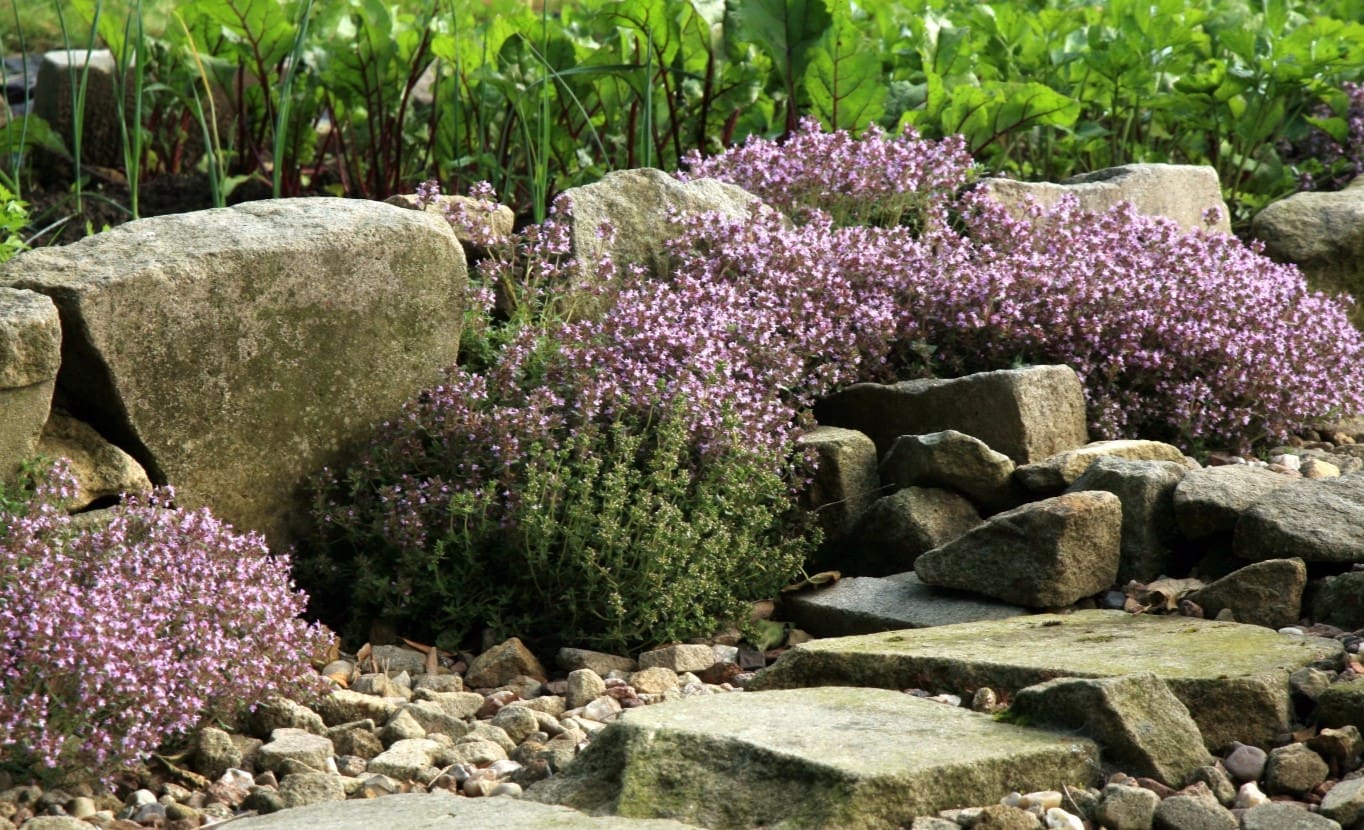
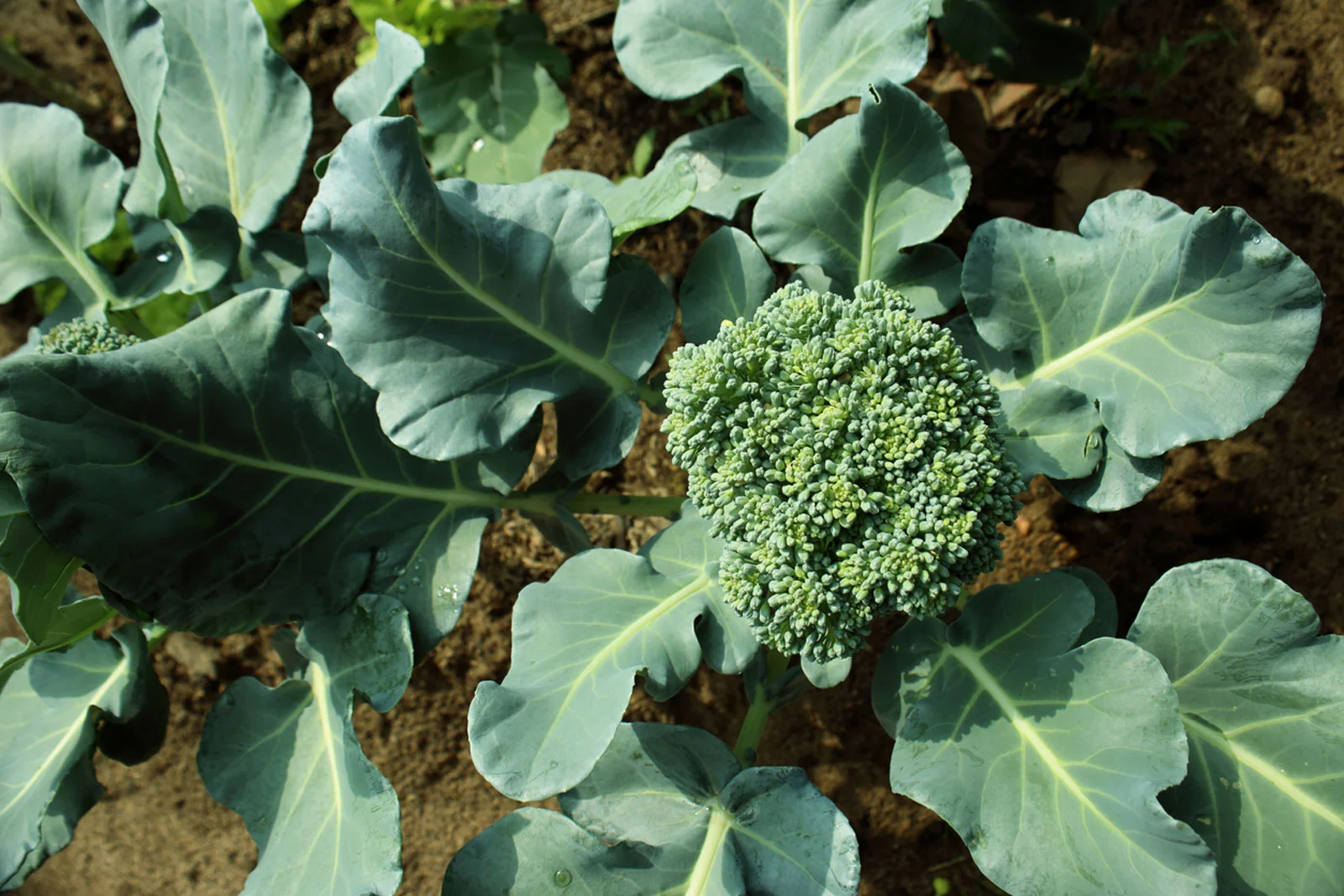
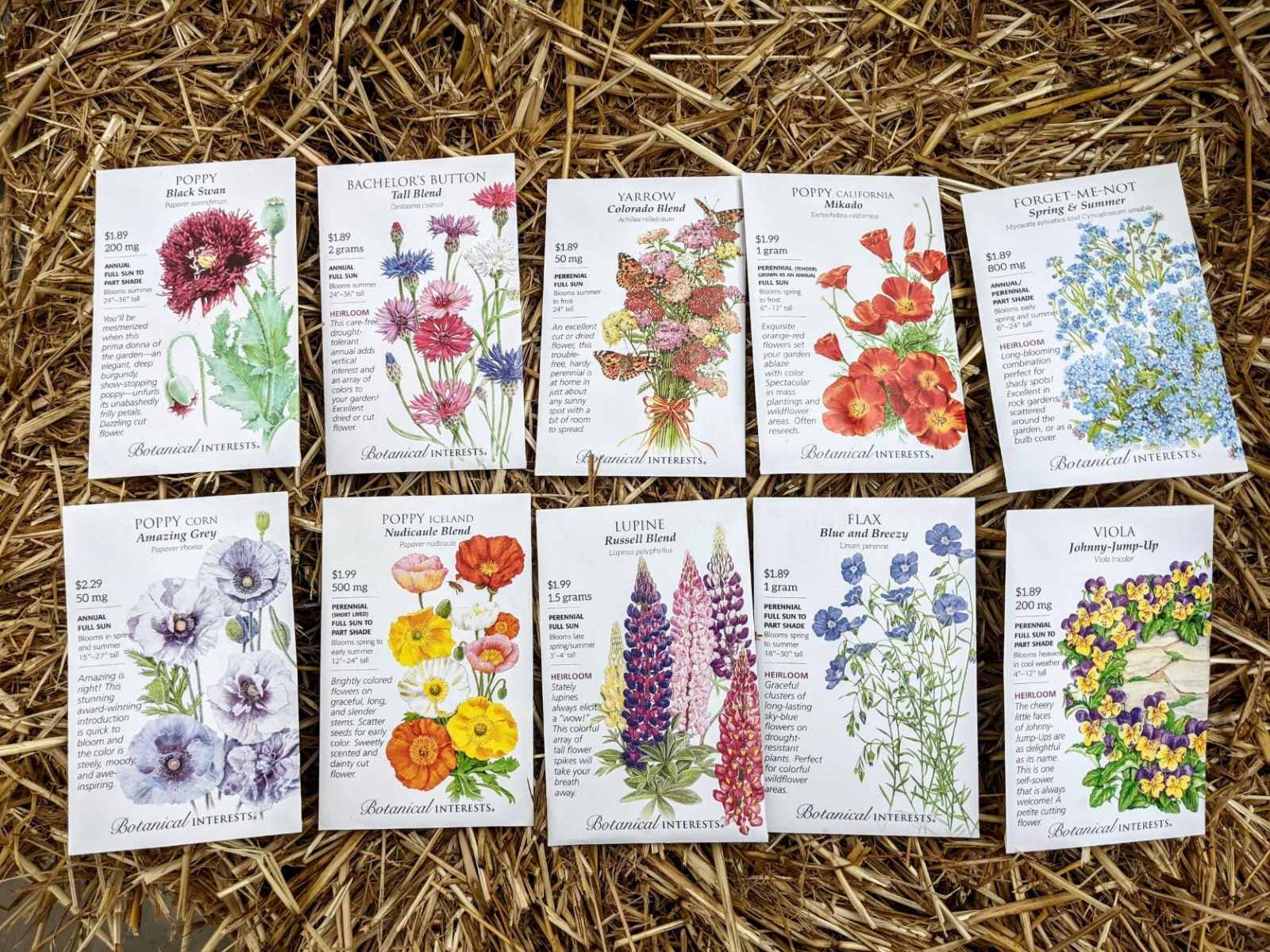
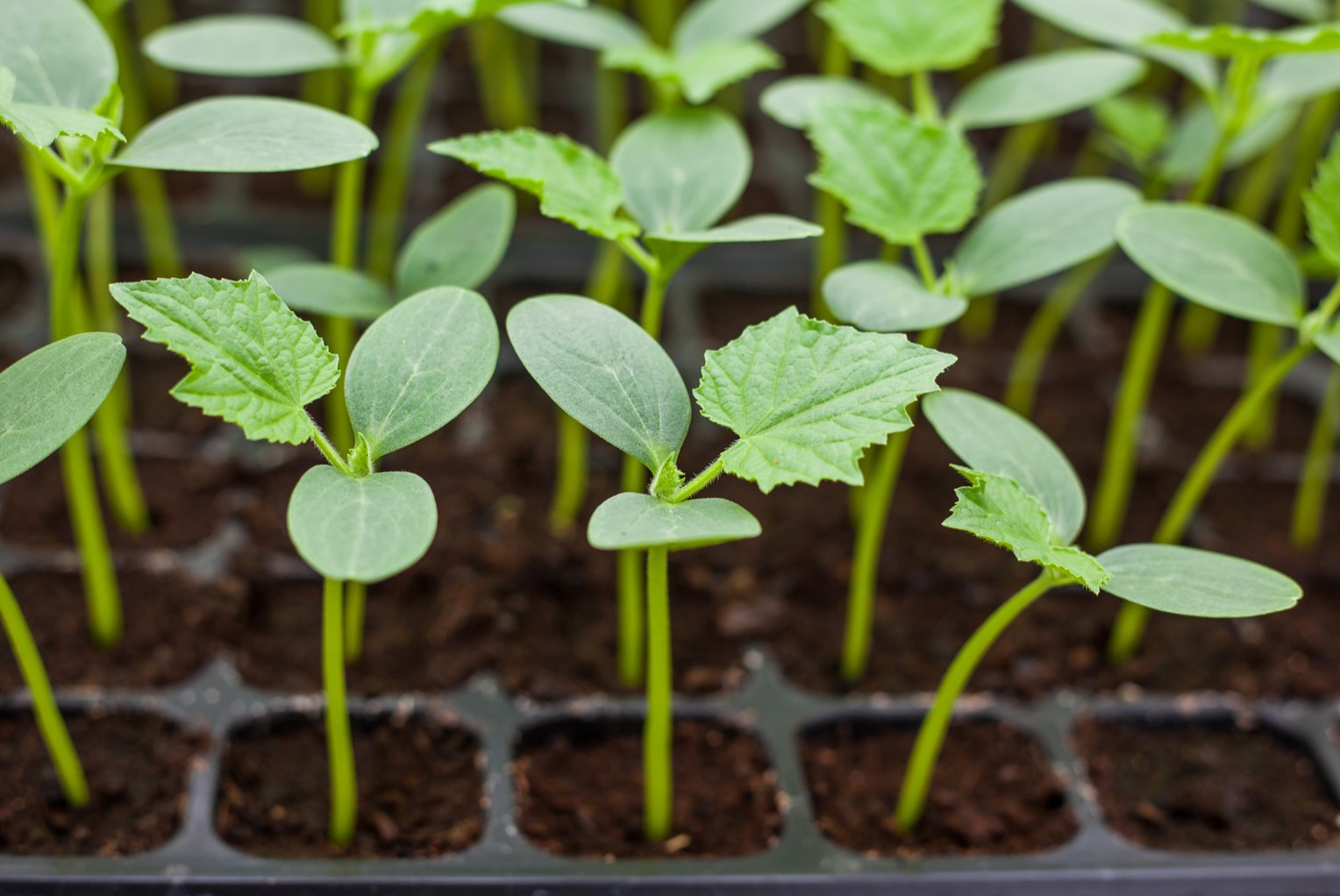
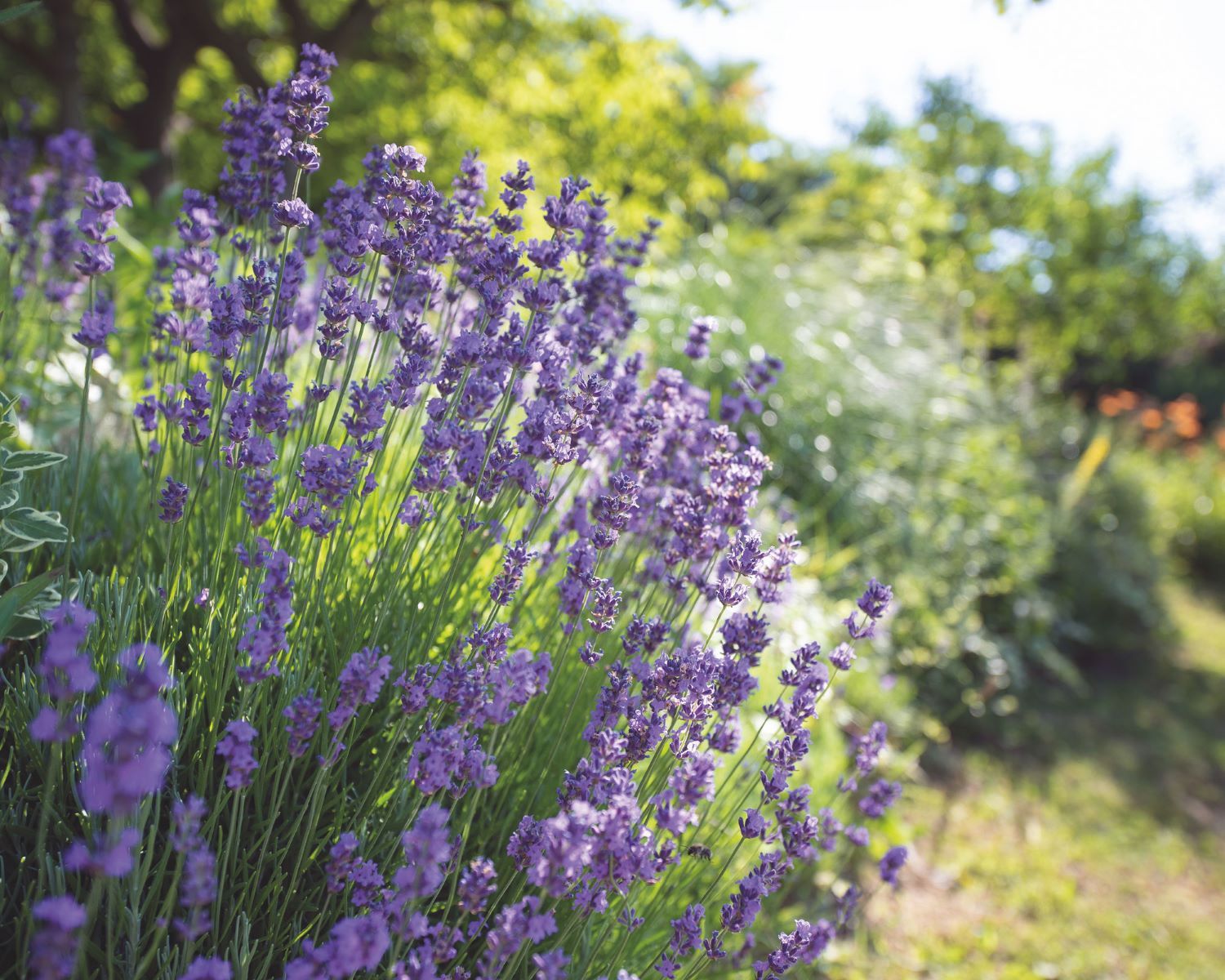
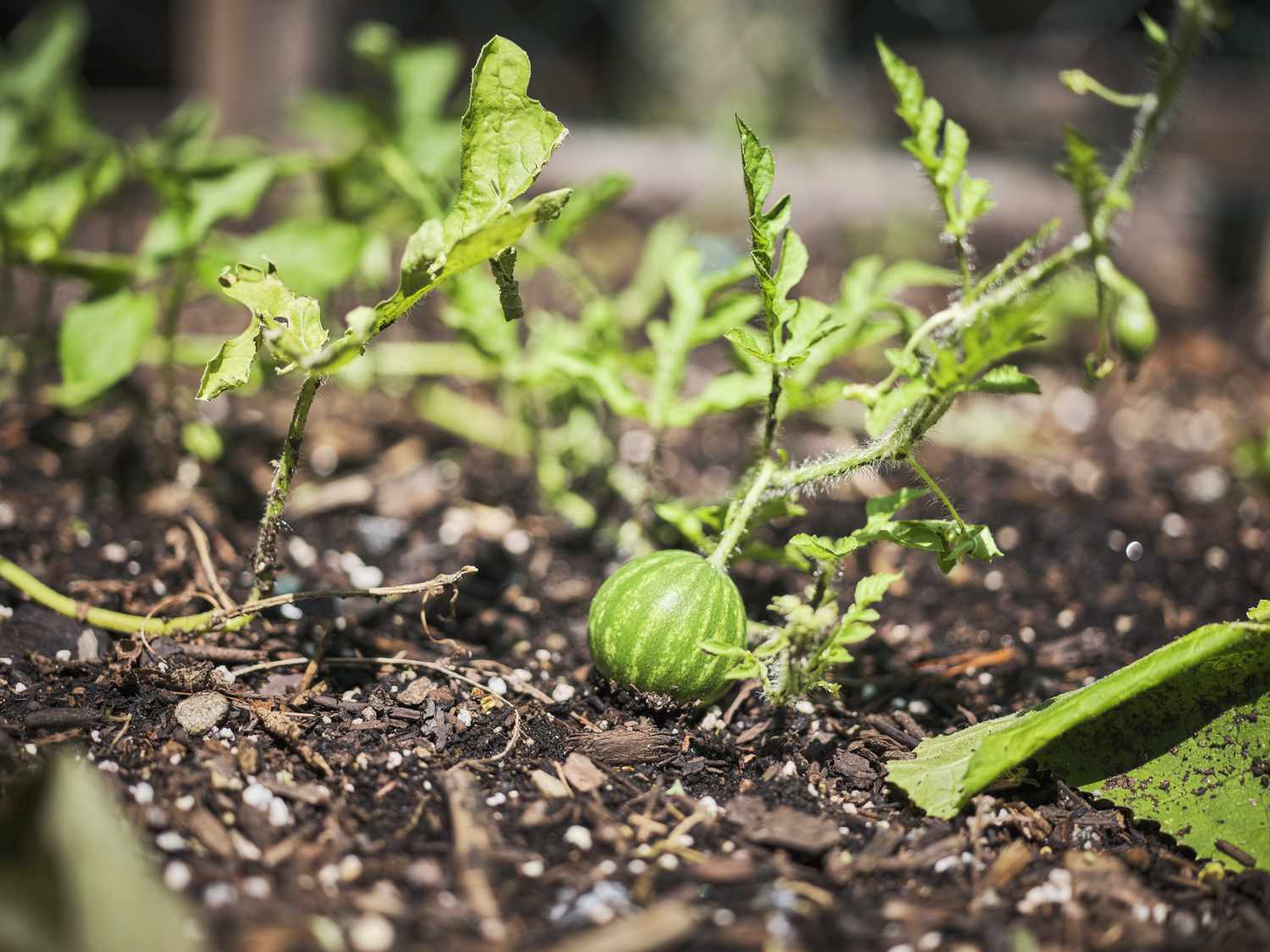
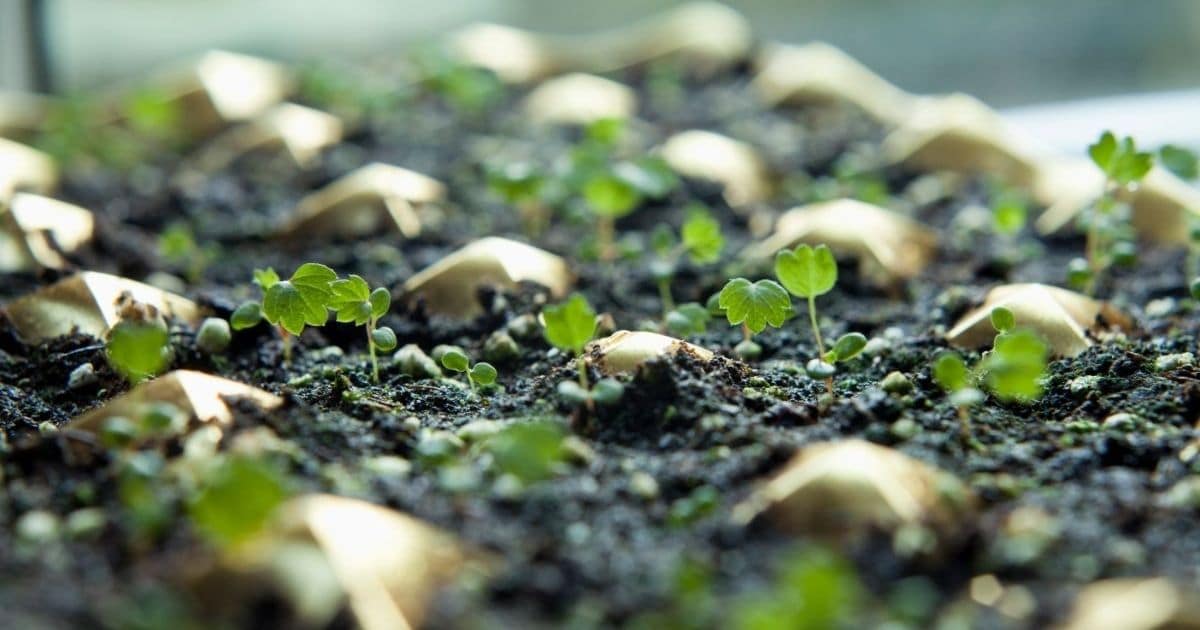
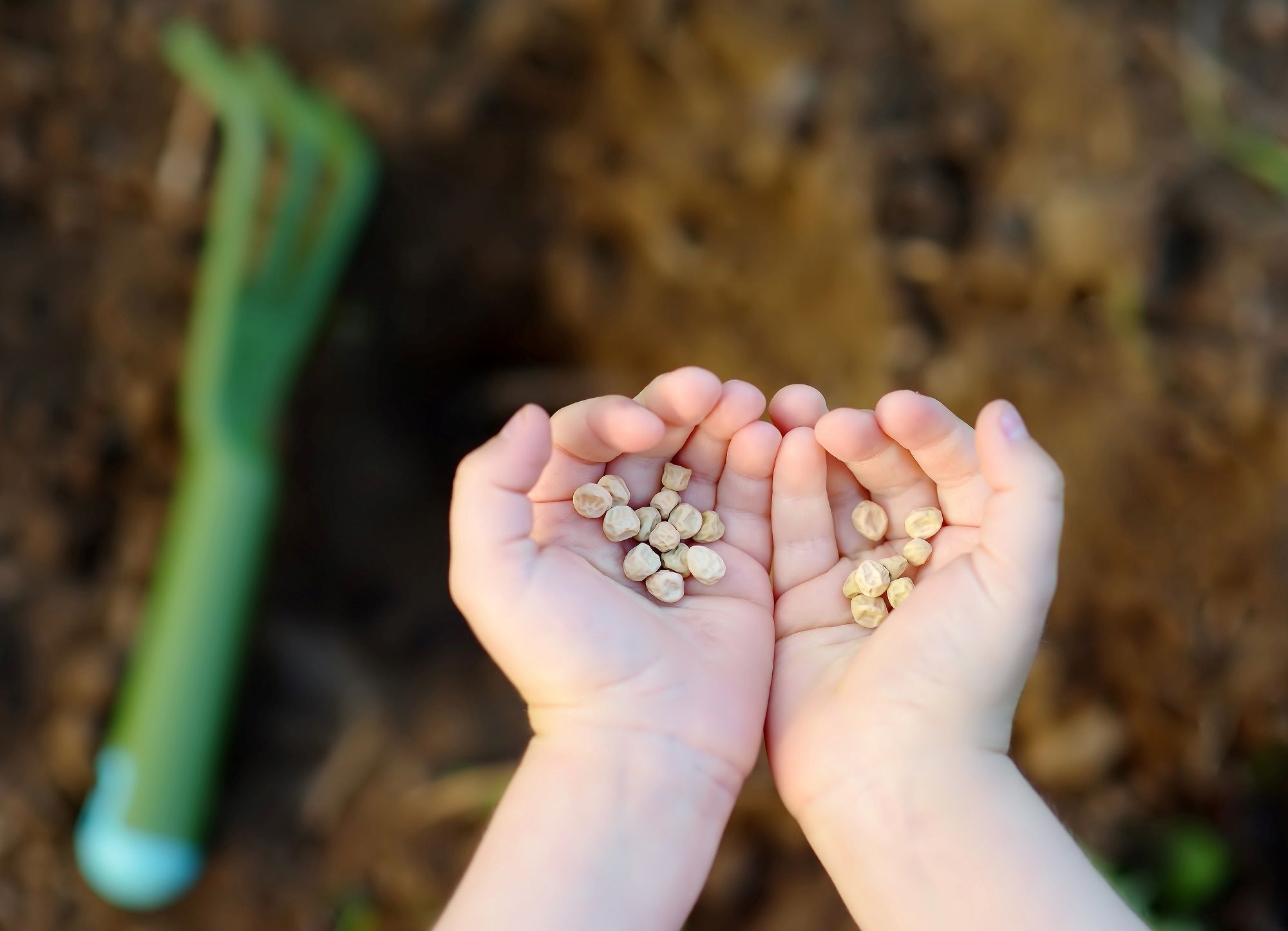
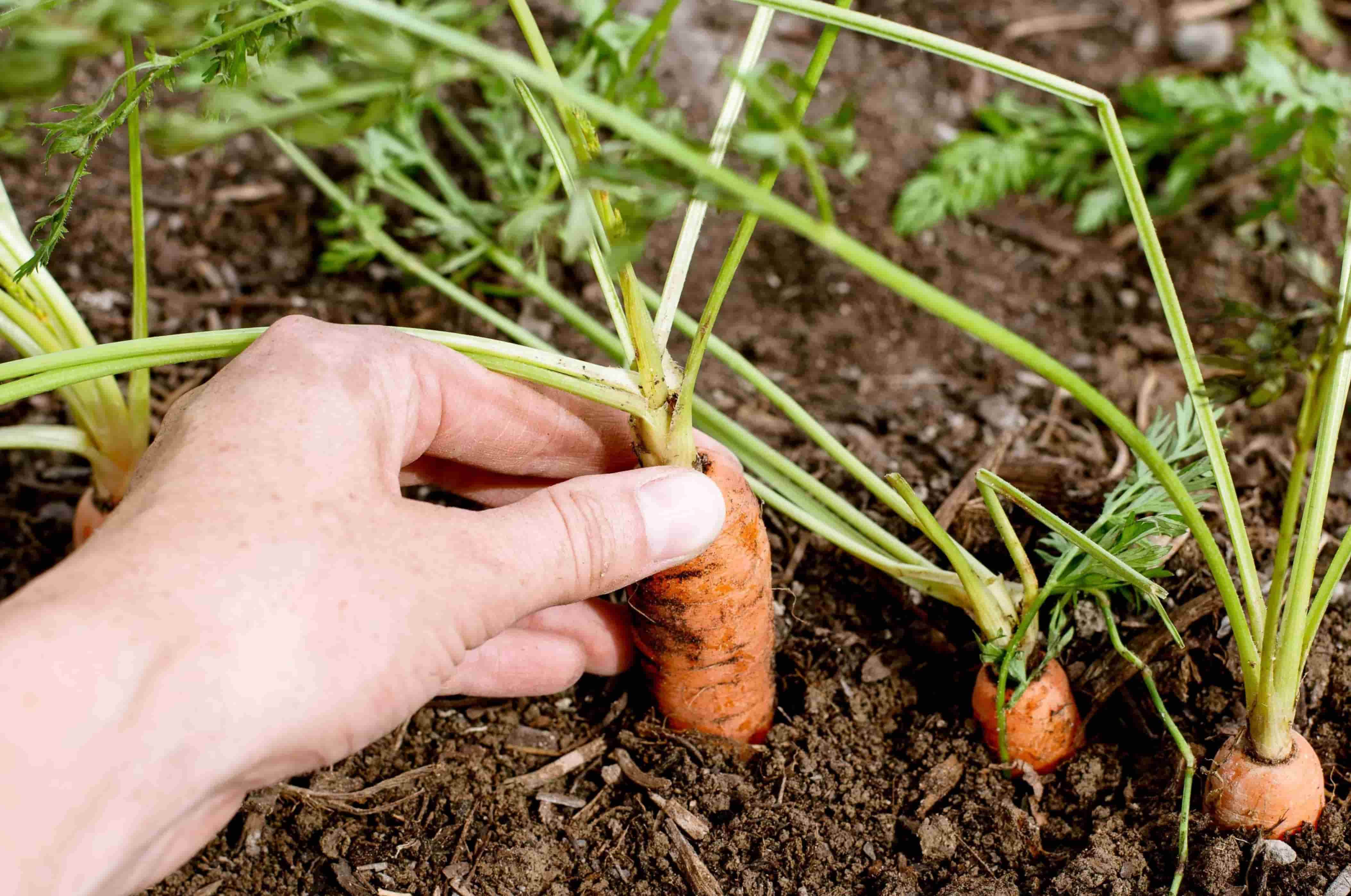
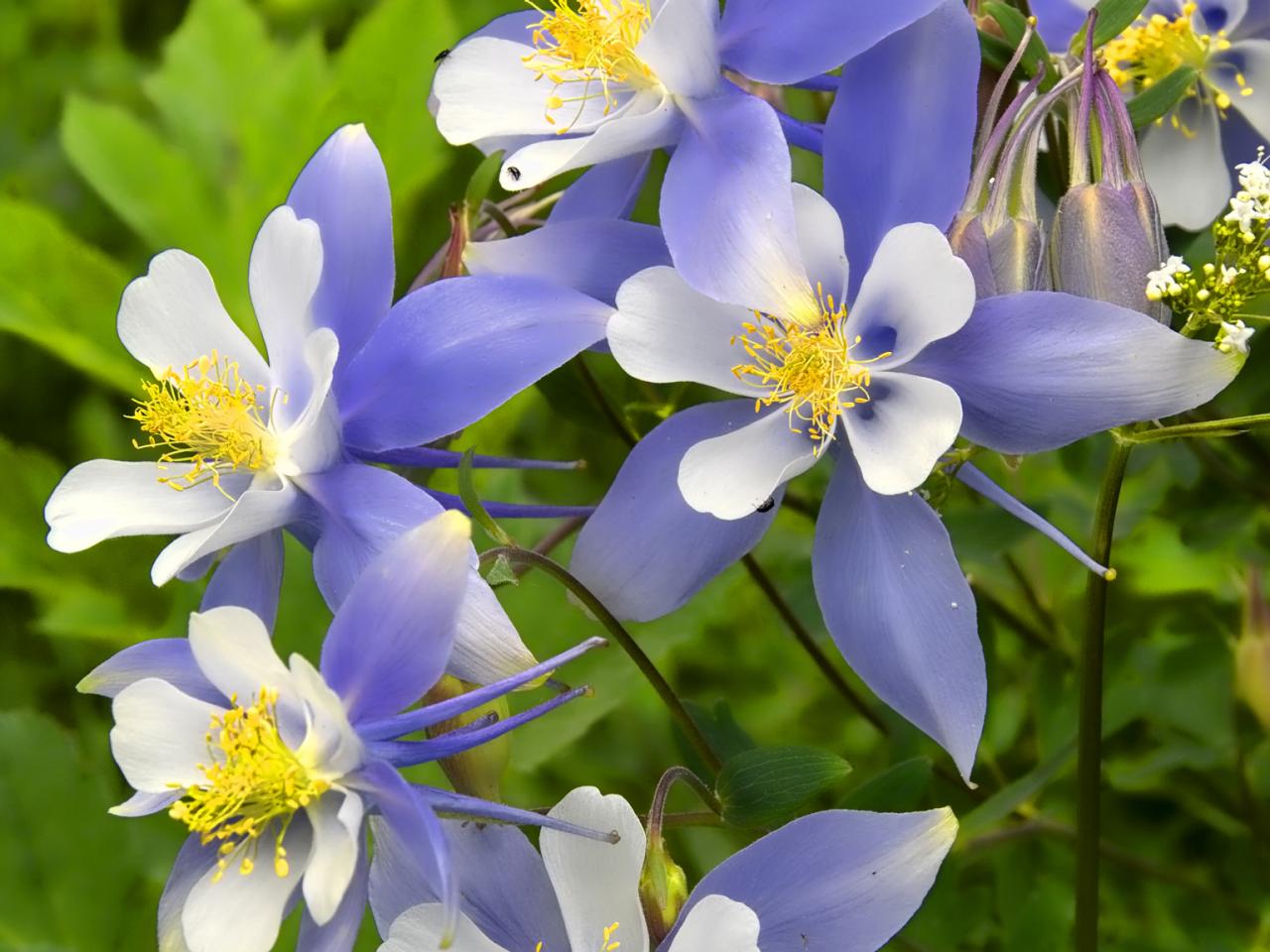
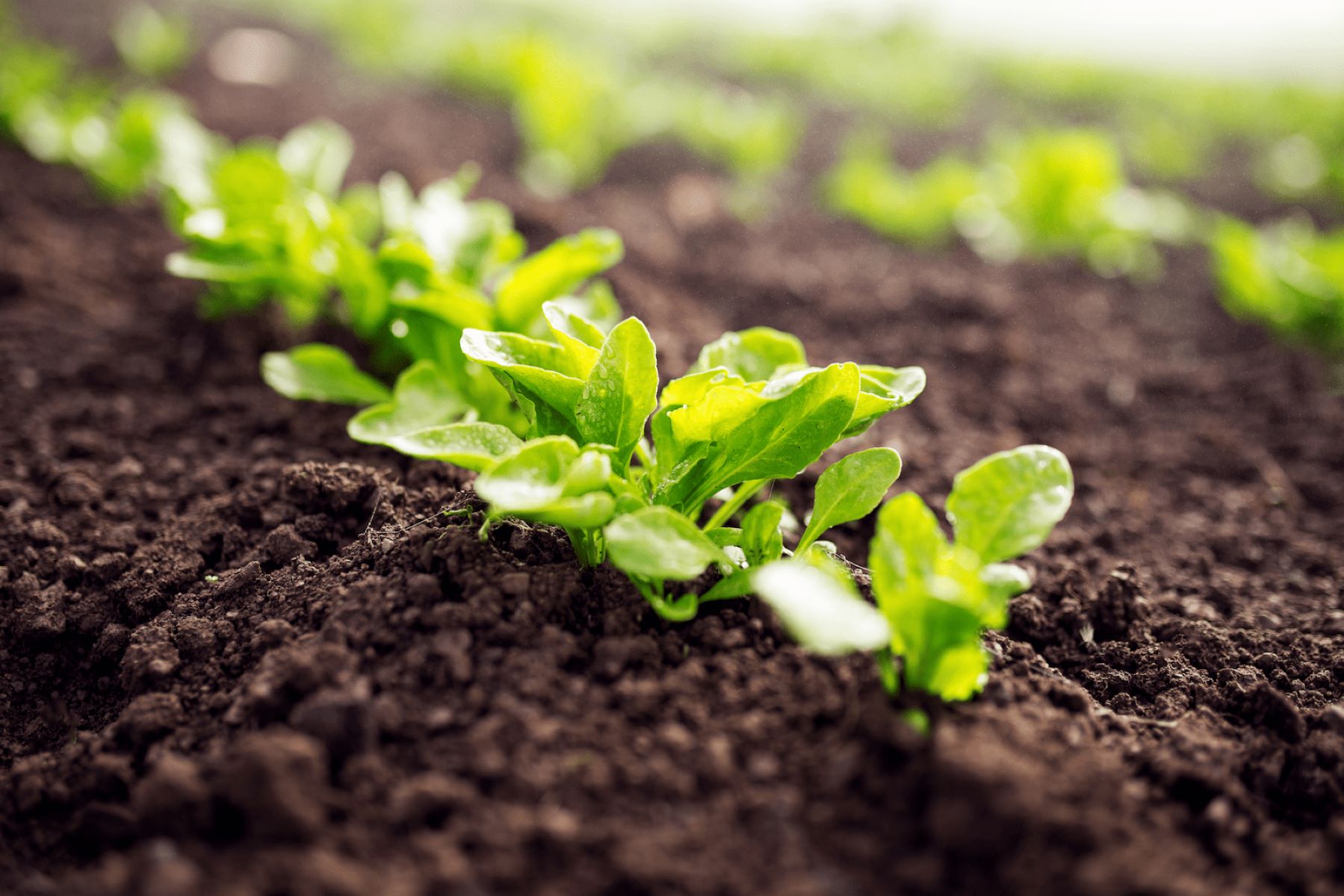
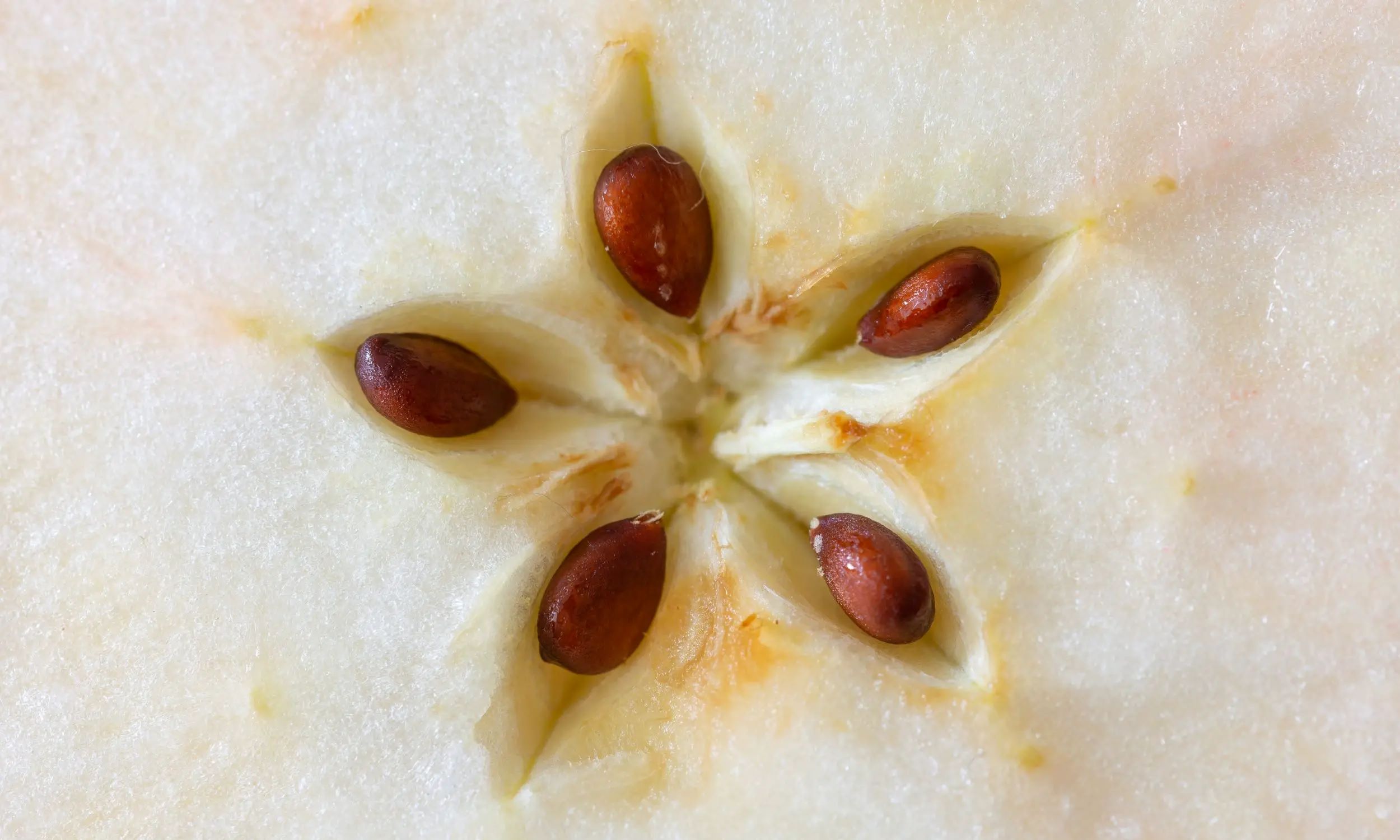
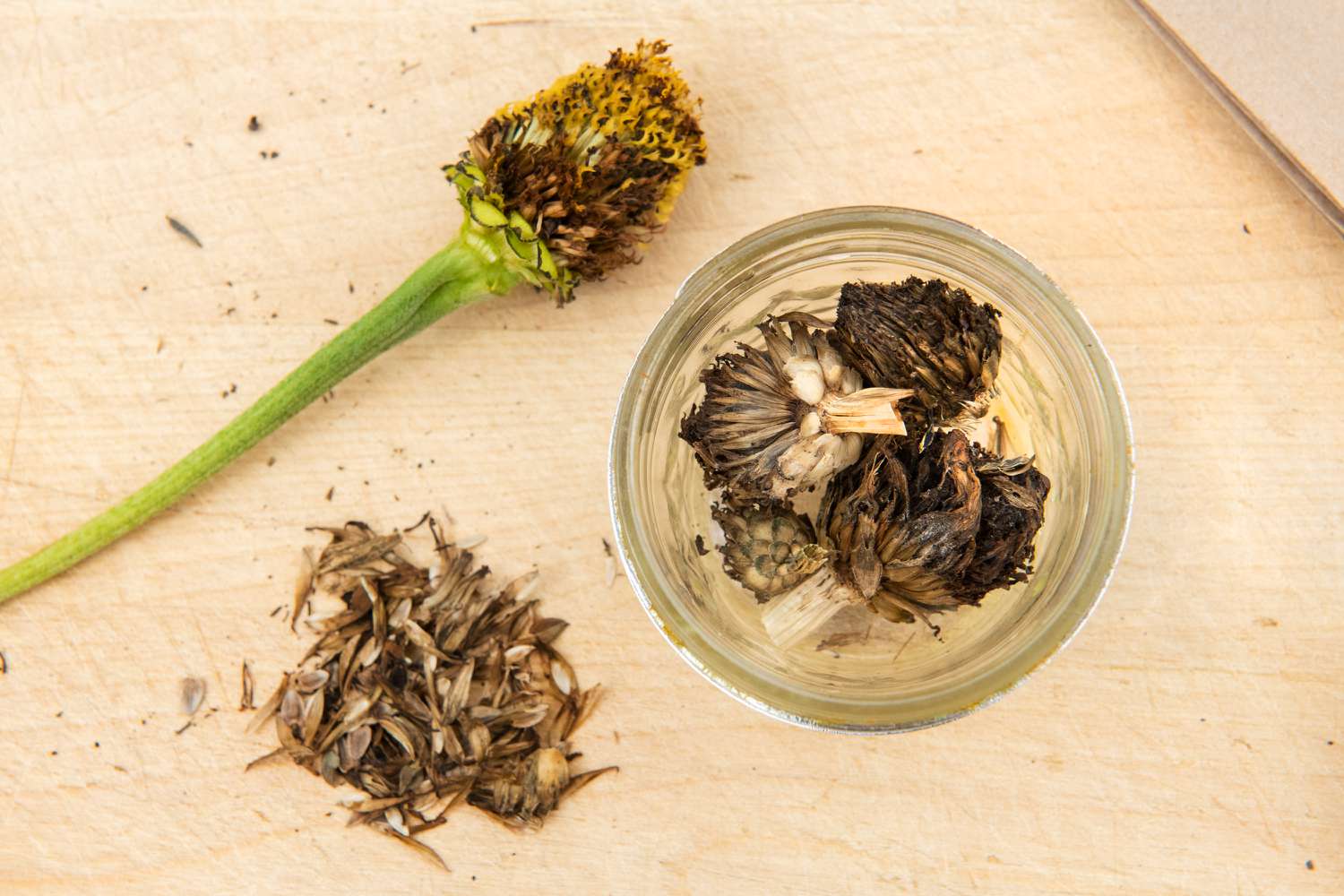
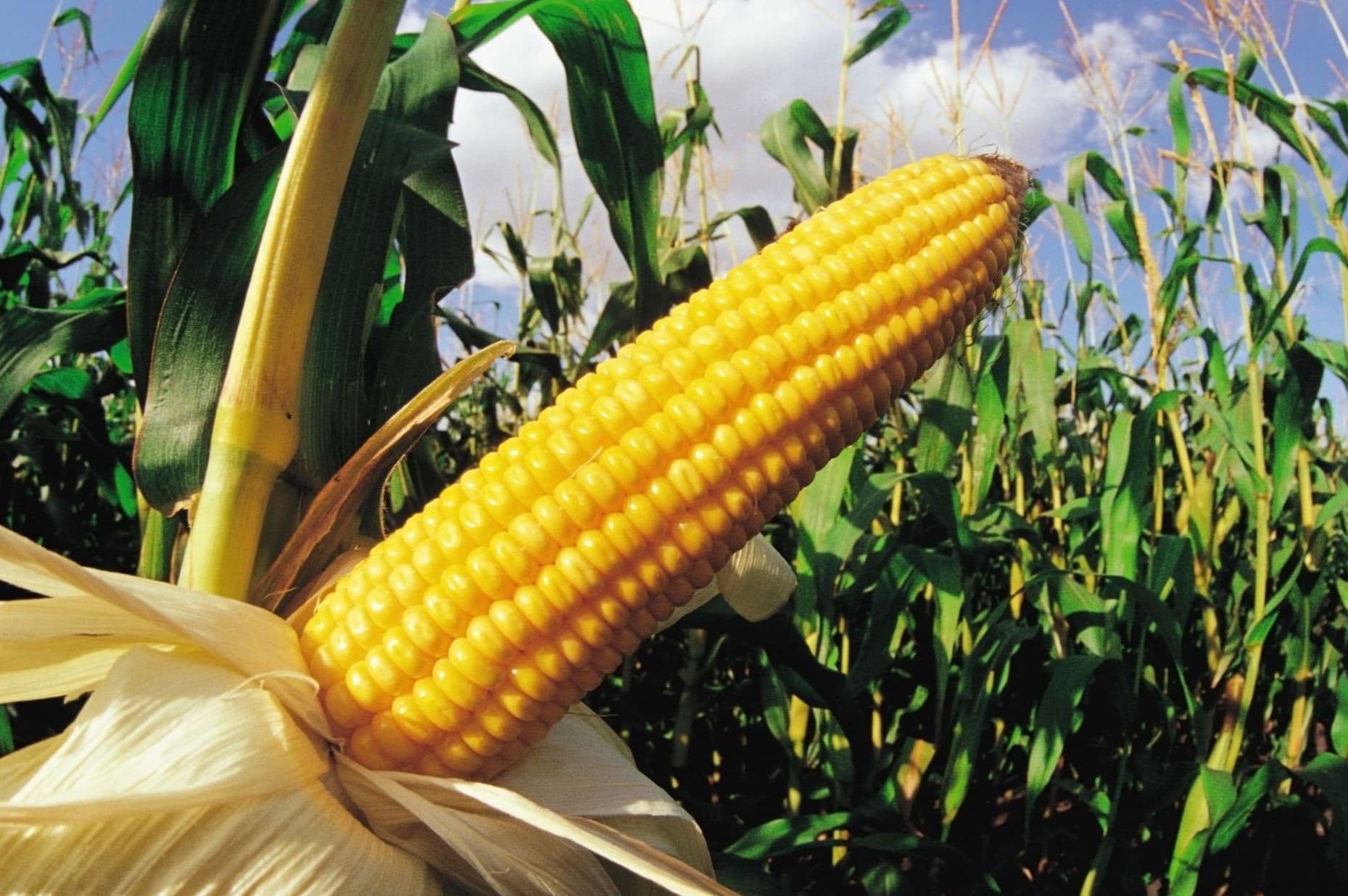

0 thoughts on “When Do You Plant Thyme”